Begijnhof, 8000 Brugge, Belgium
- Transmission 7-Speed Automatic
- |
- Drive Rear Wheel Drive
- |
- Mileage n/a
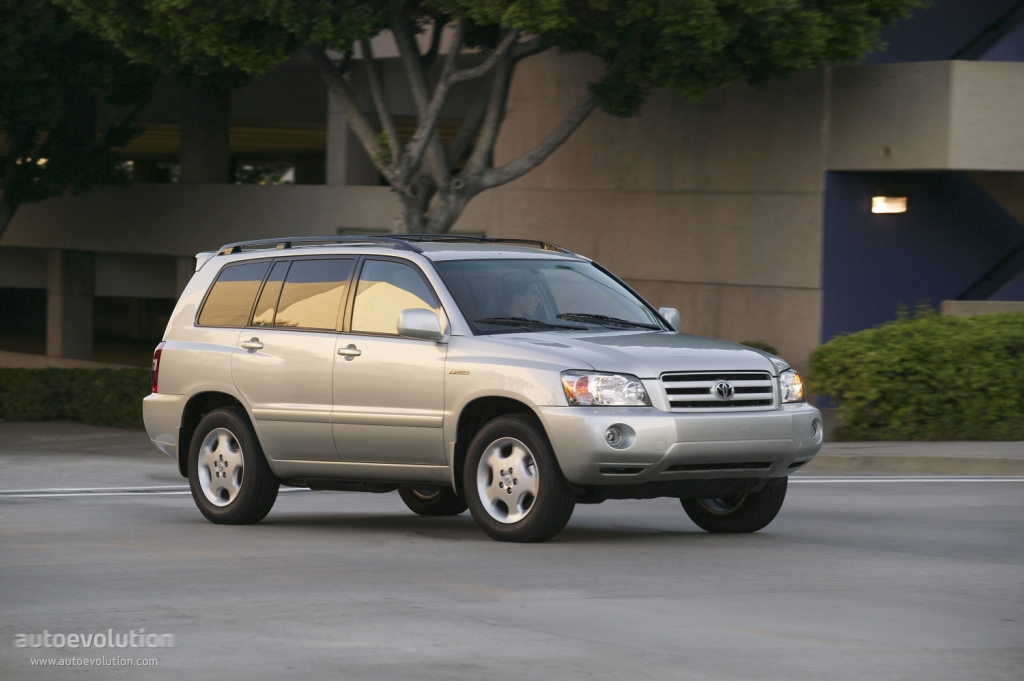
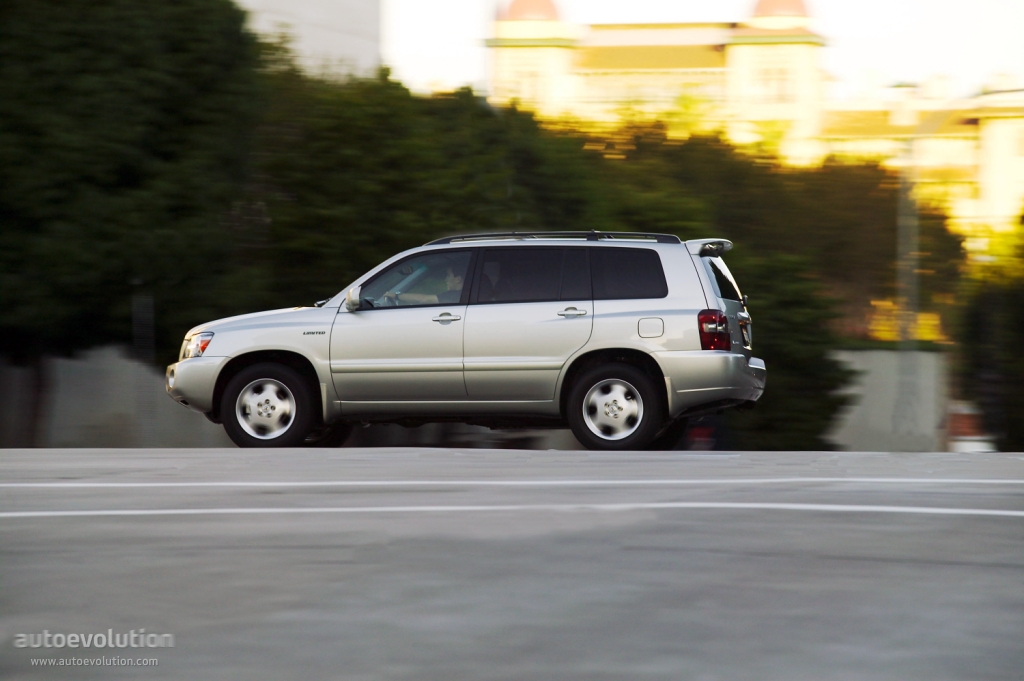

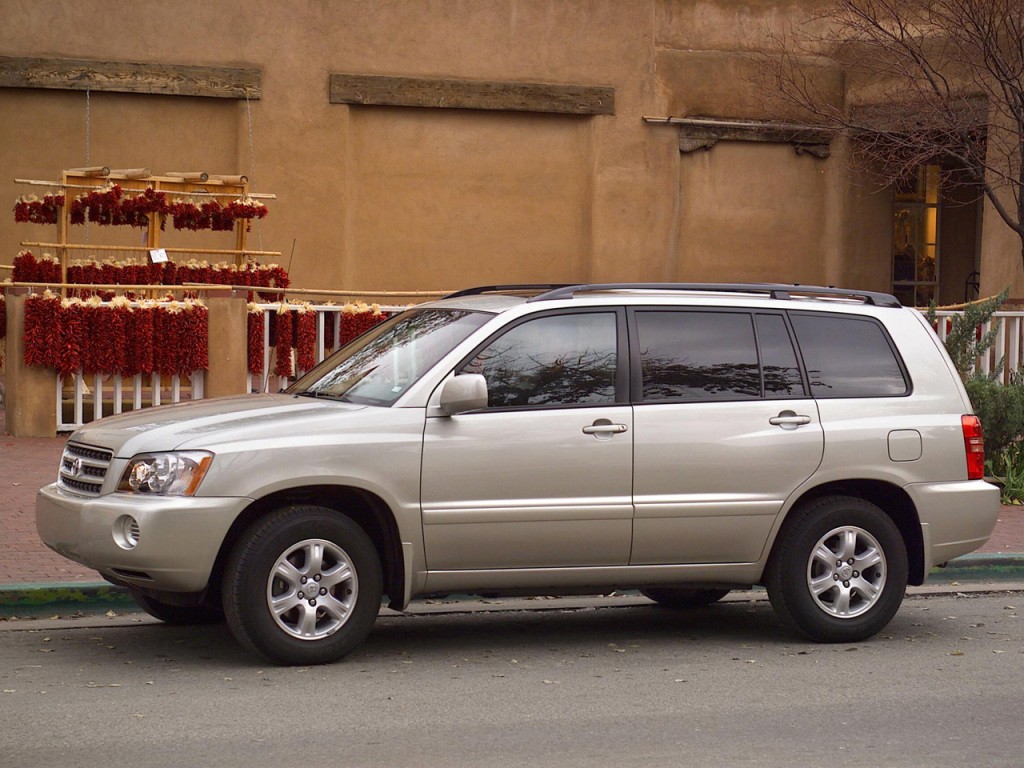

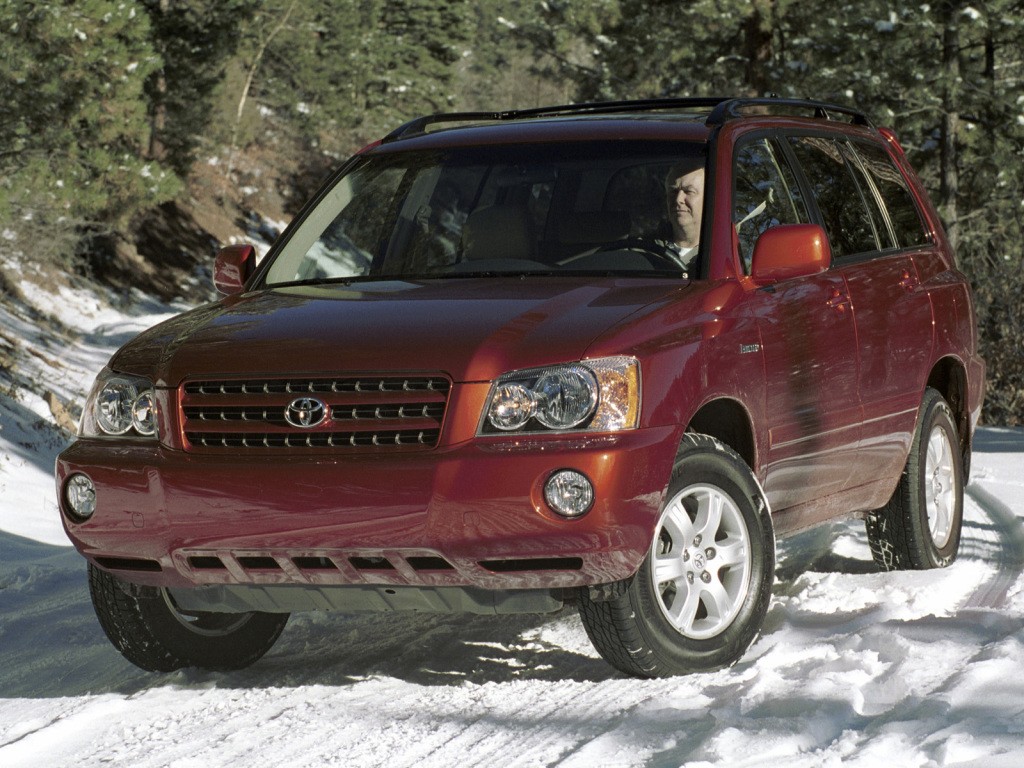


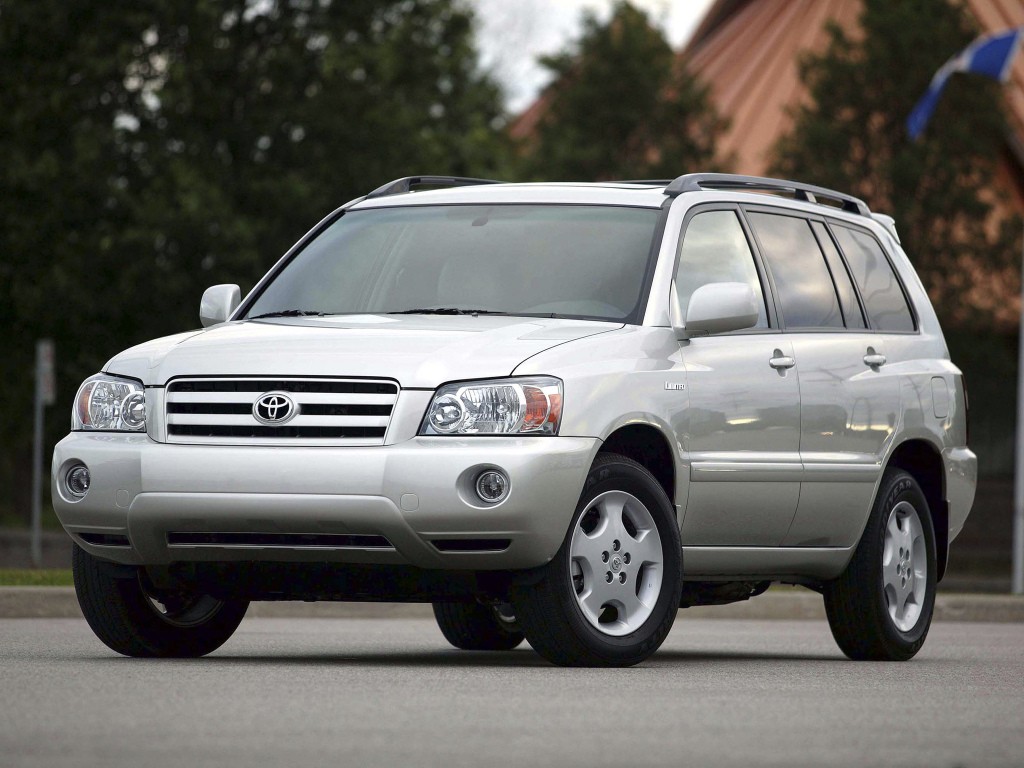

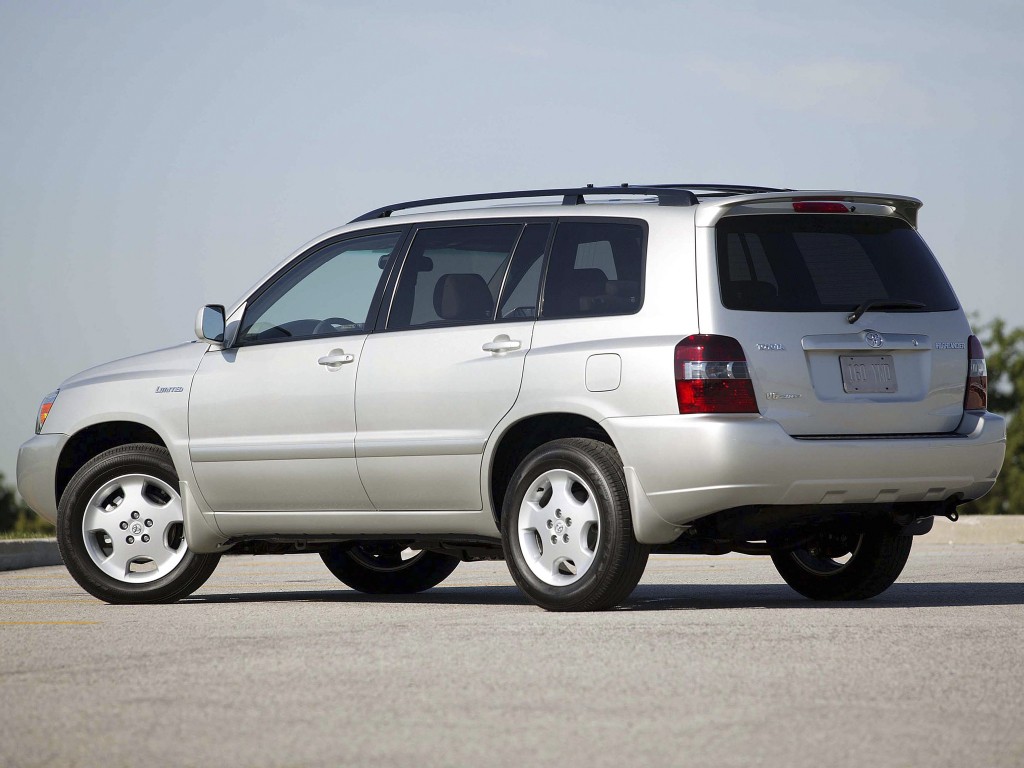



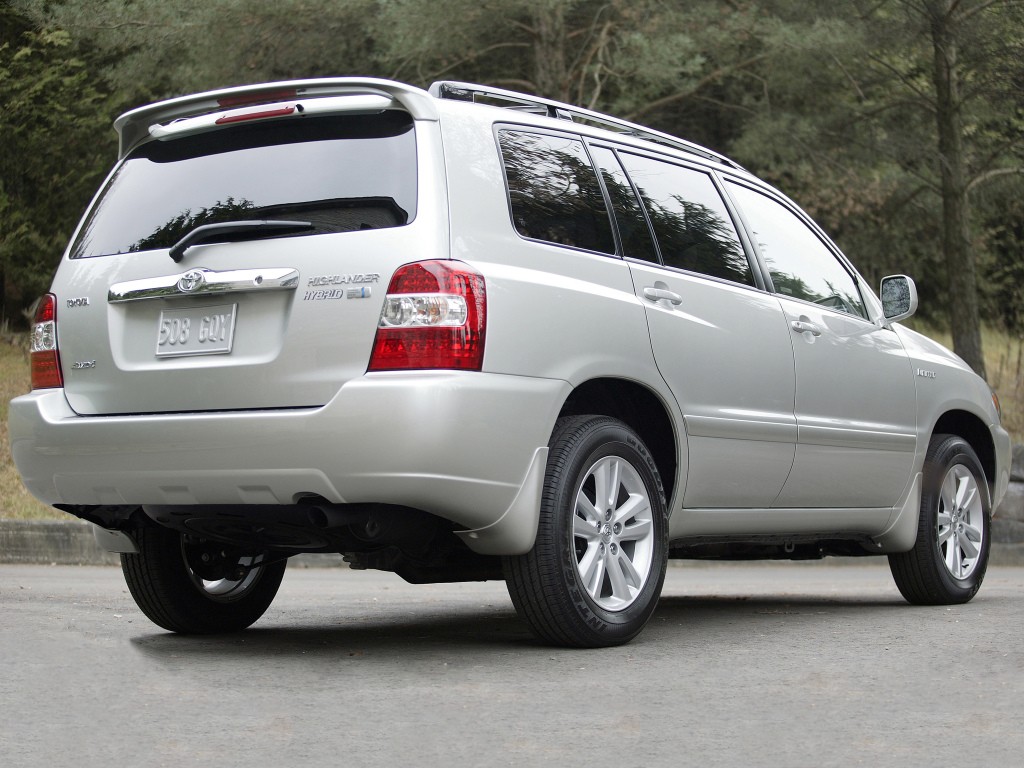






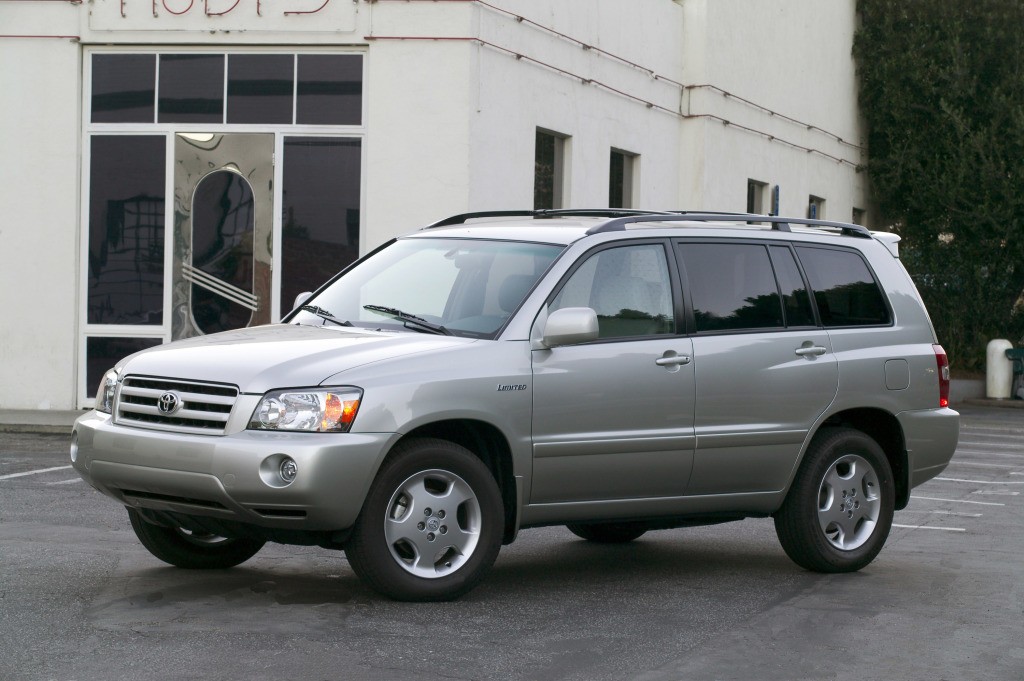
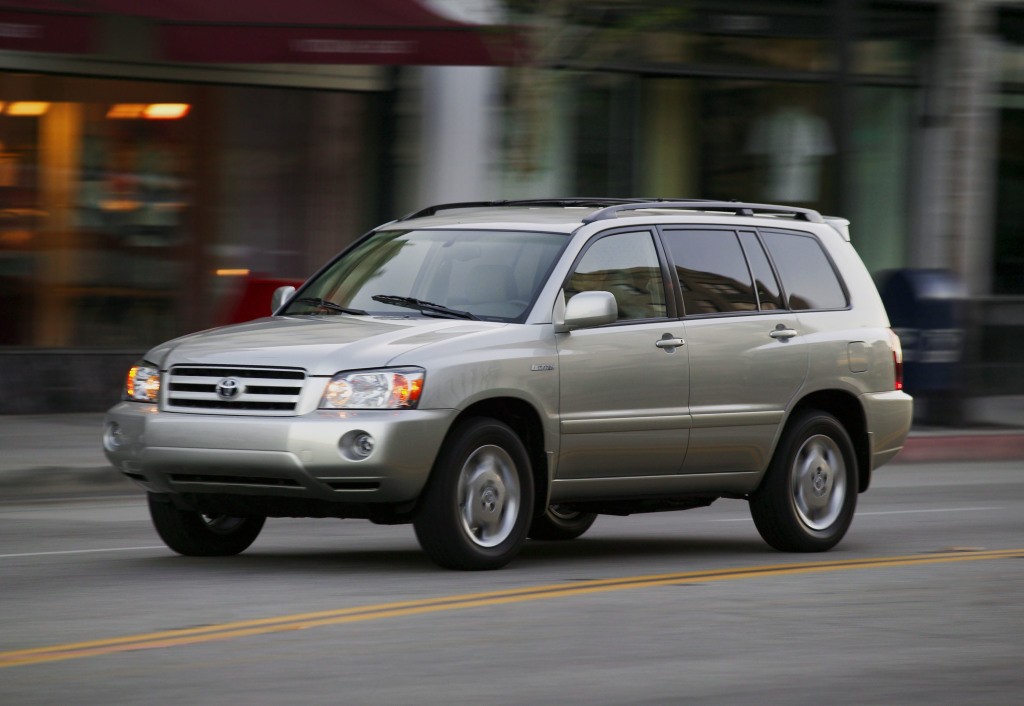









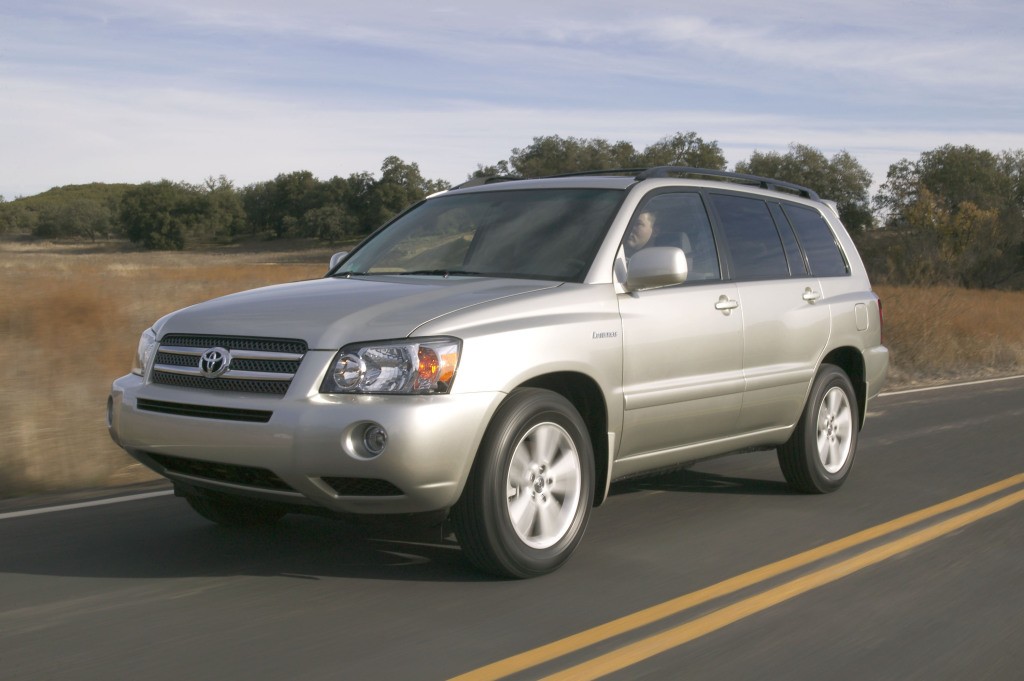
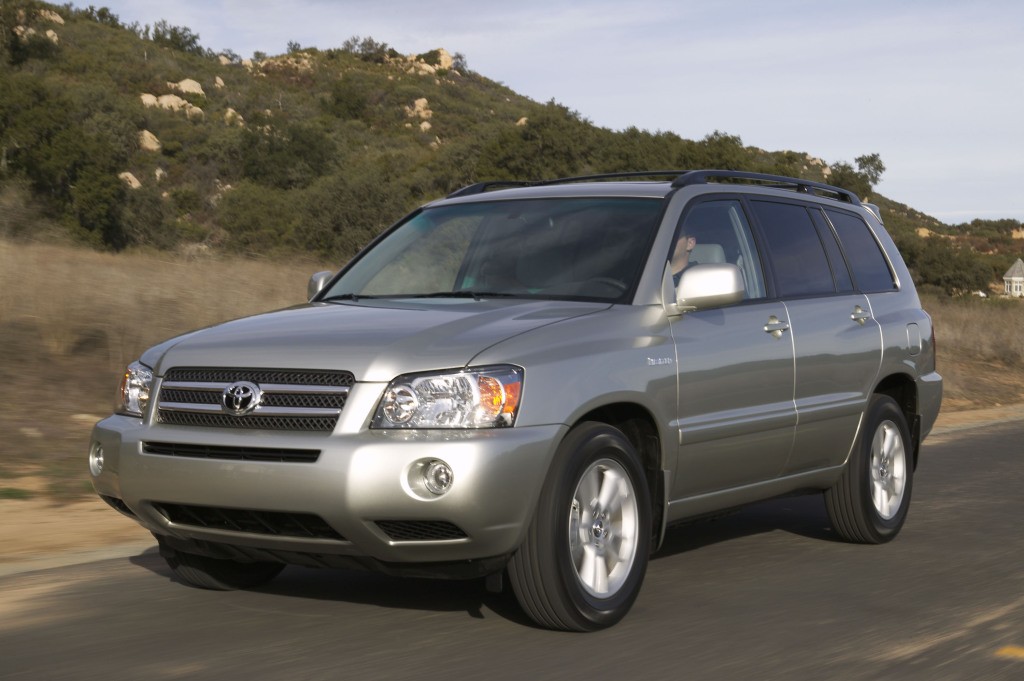
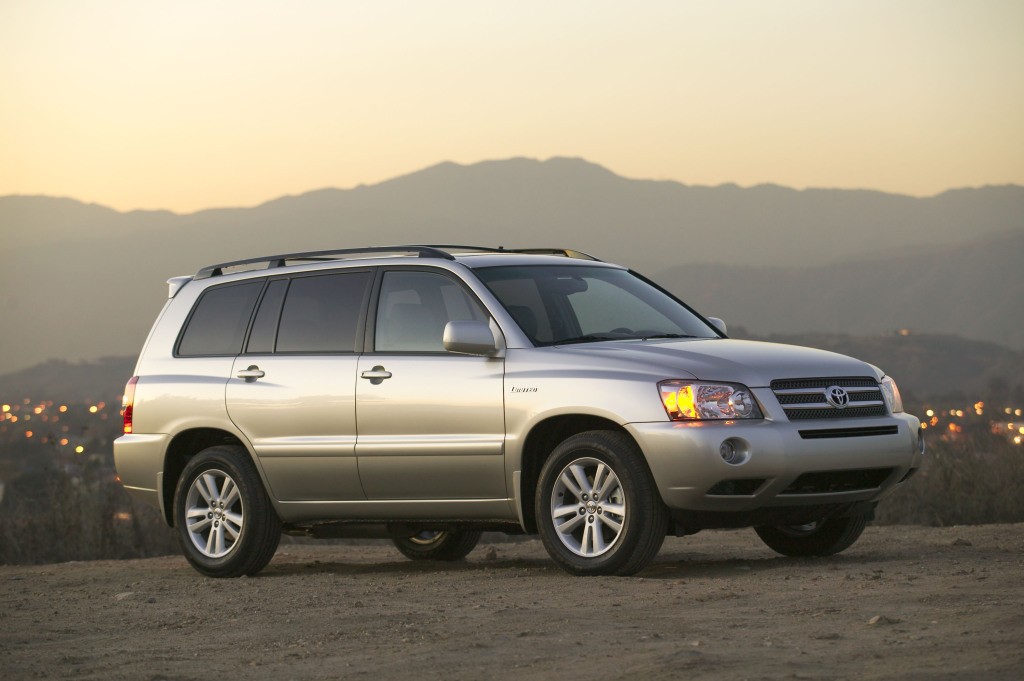
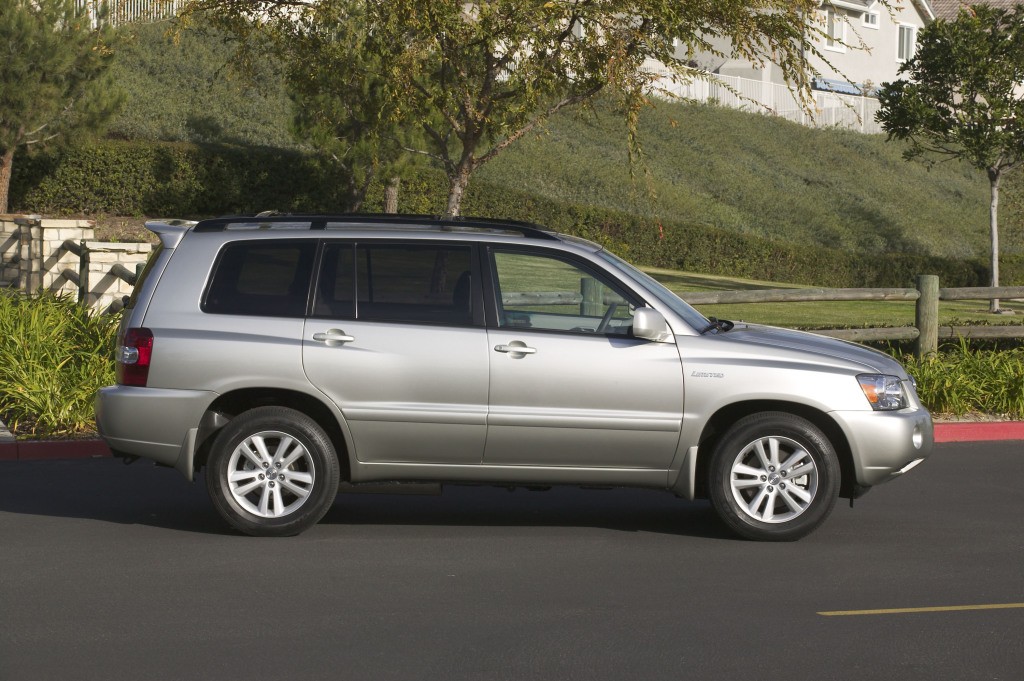
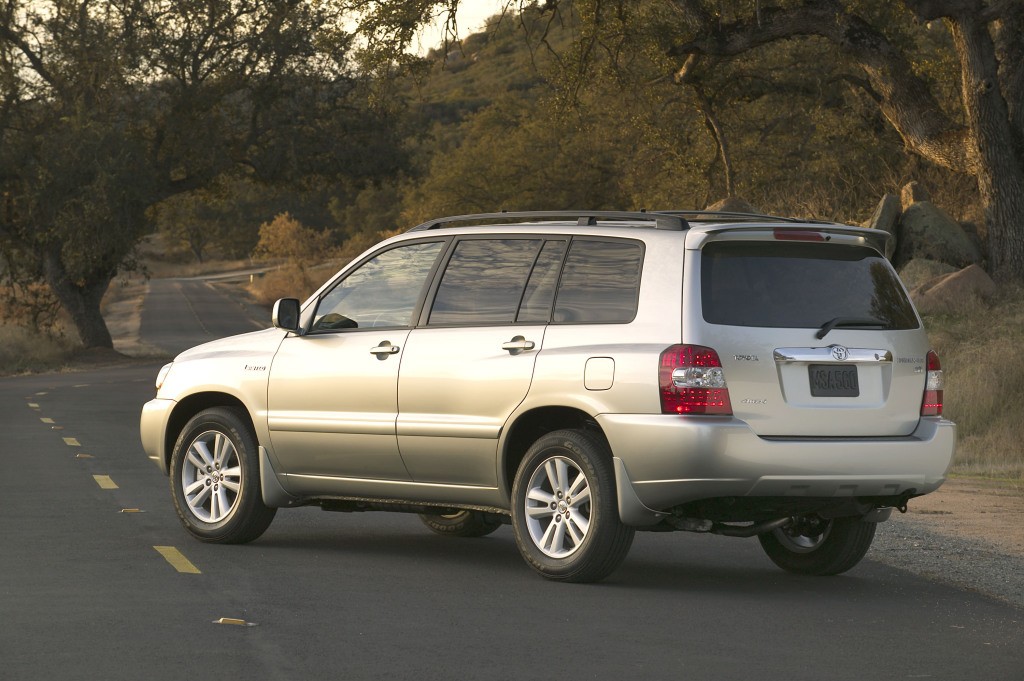

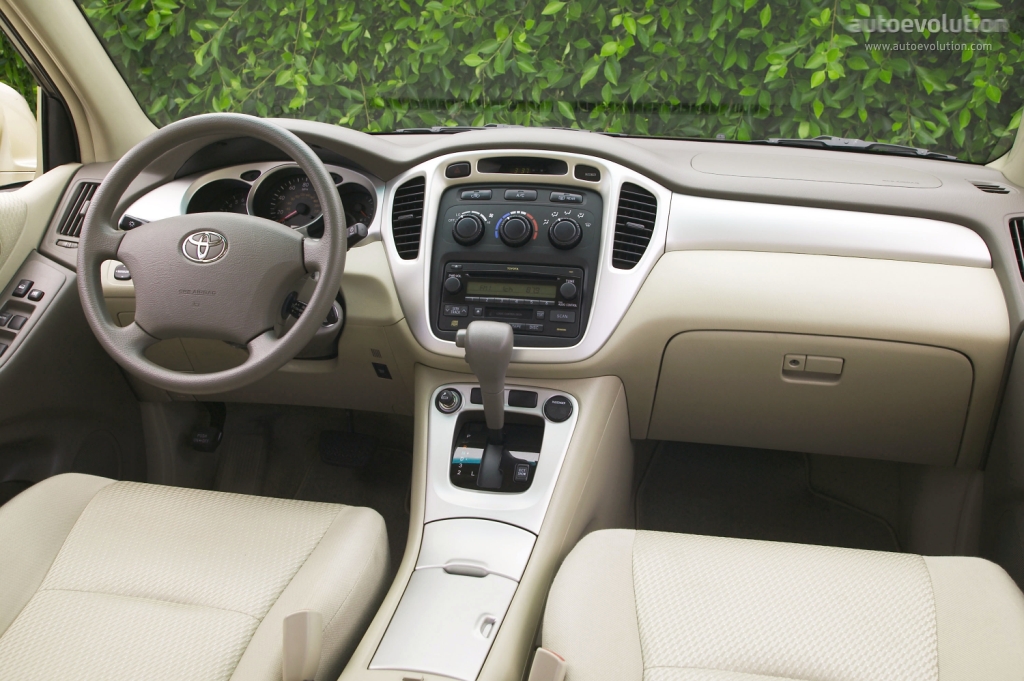



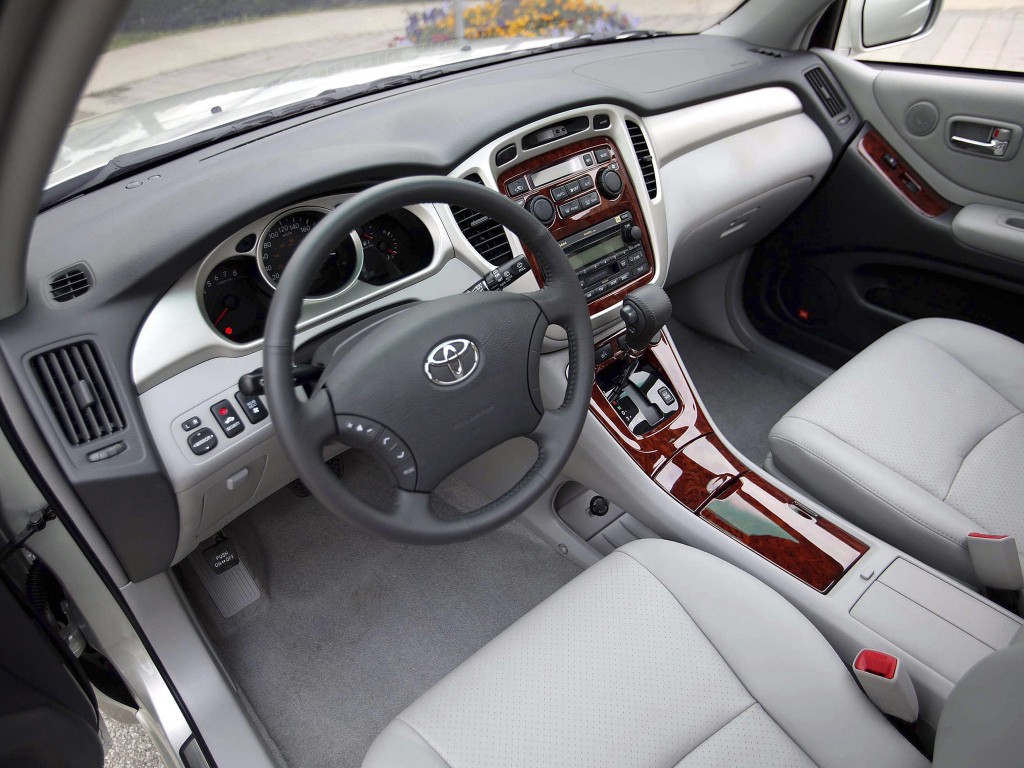

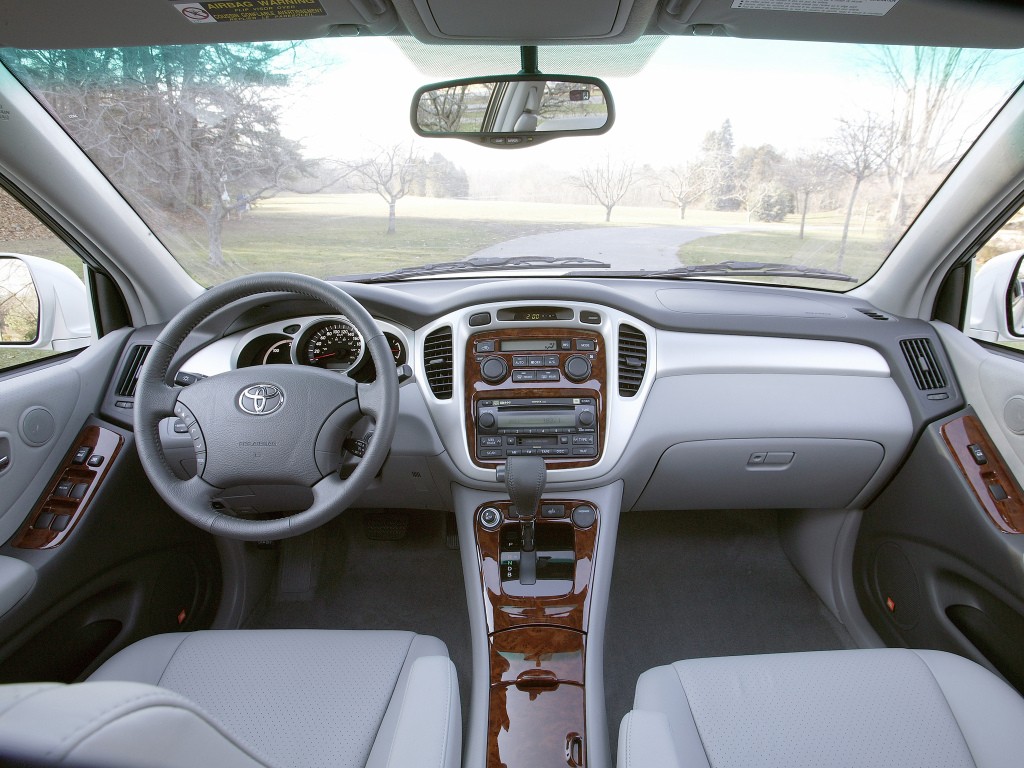
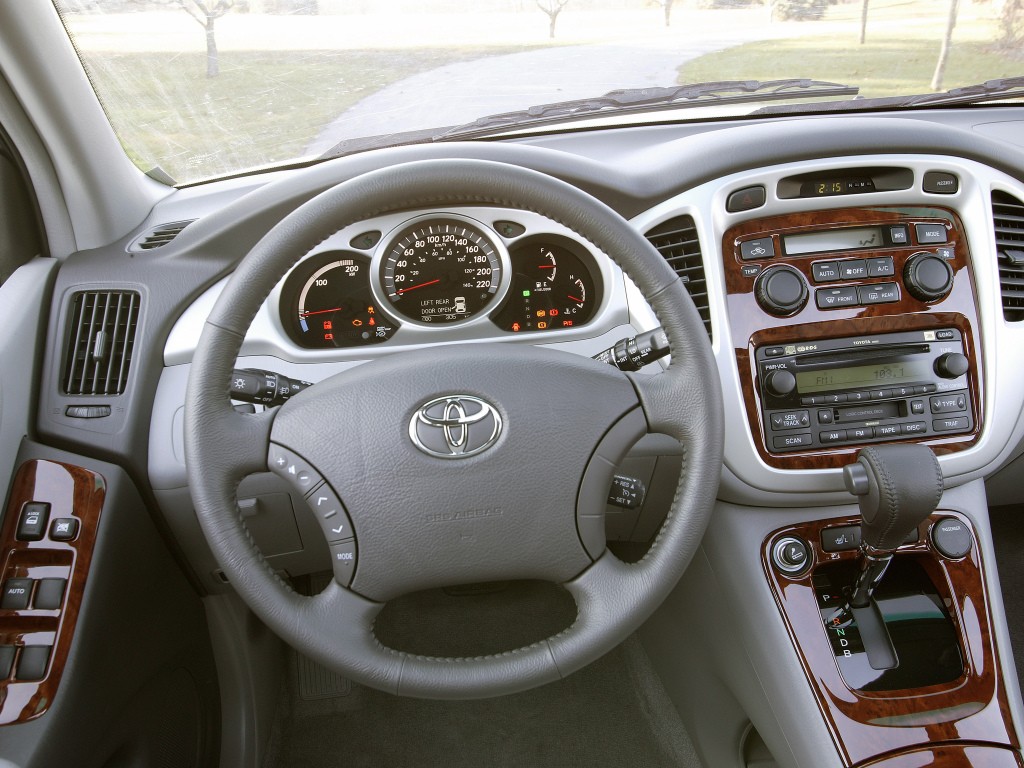

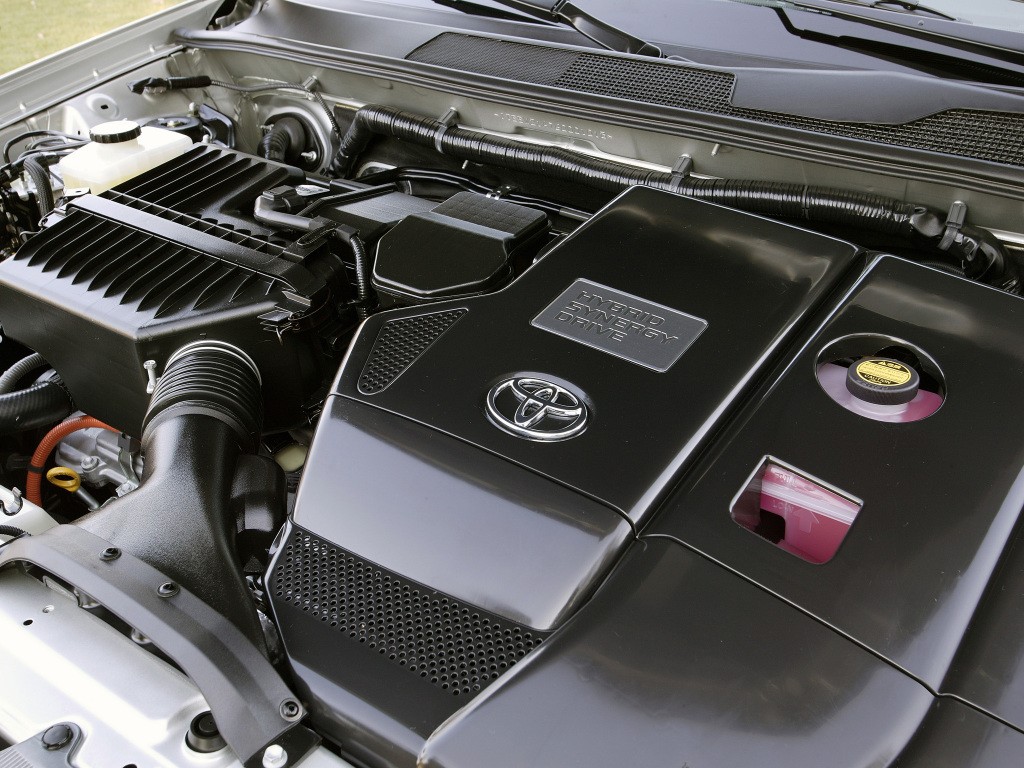
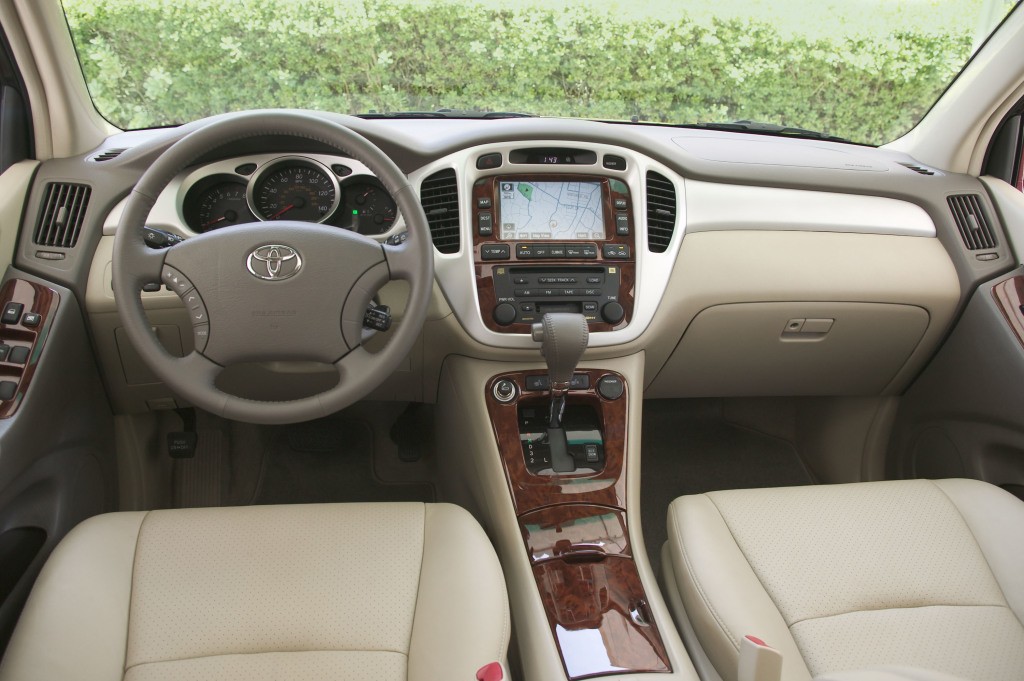
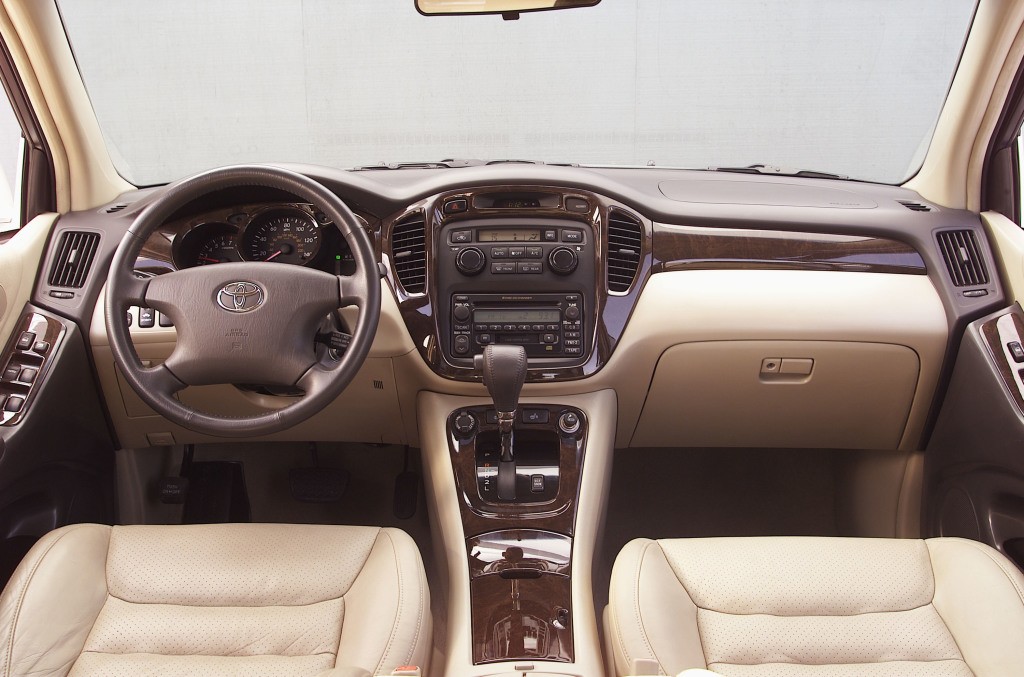
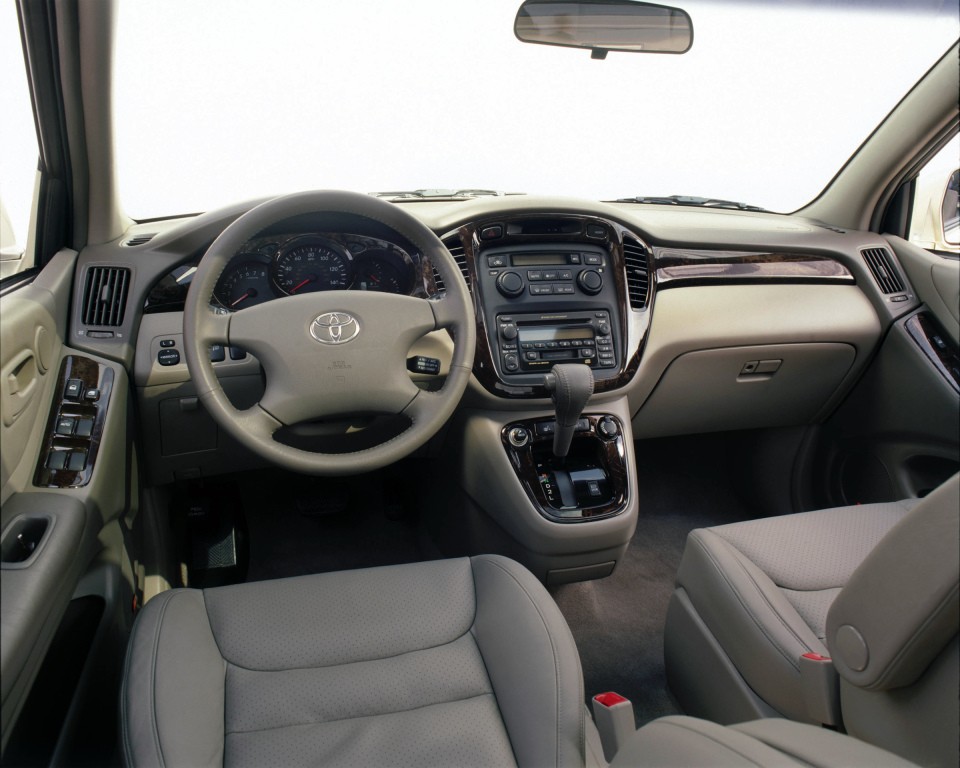
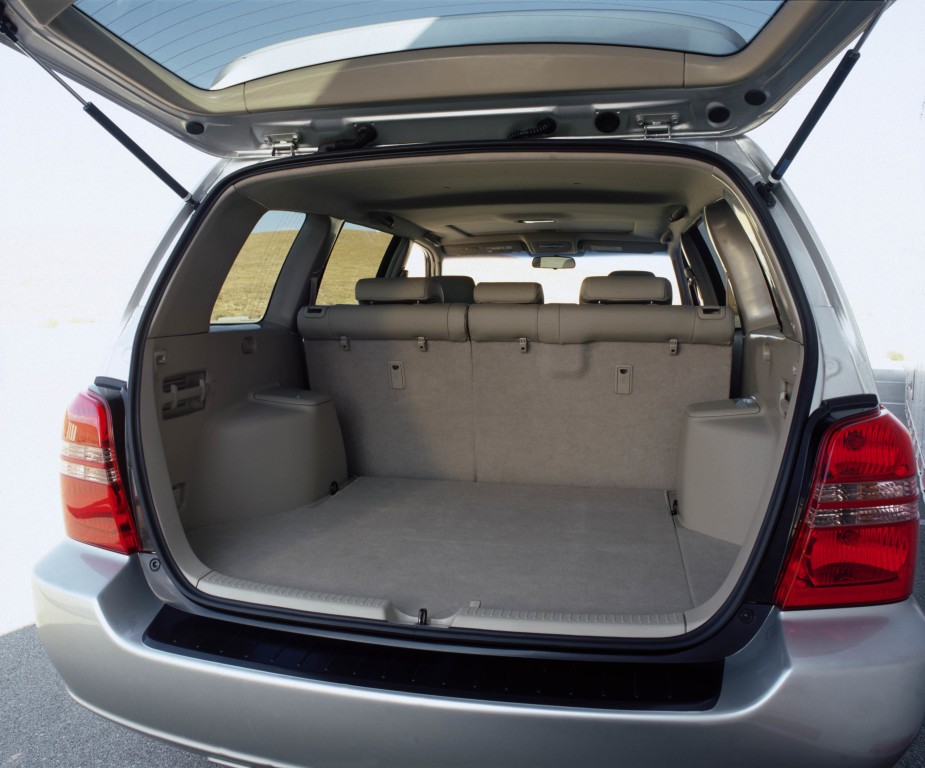
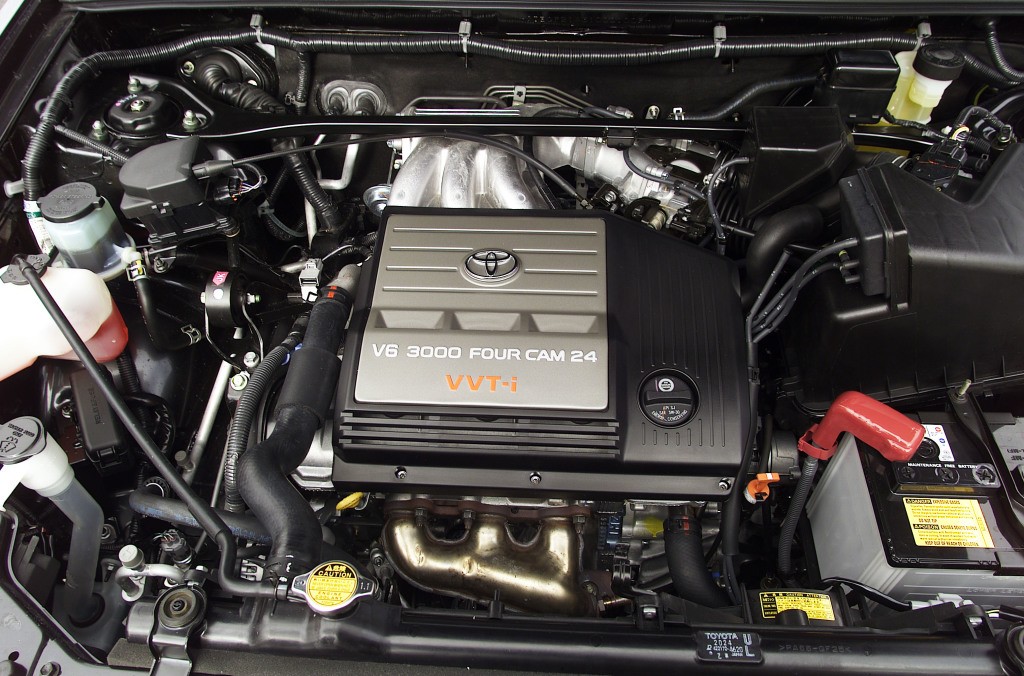
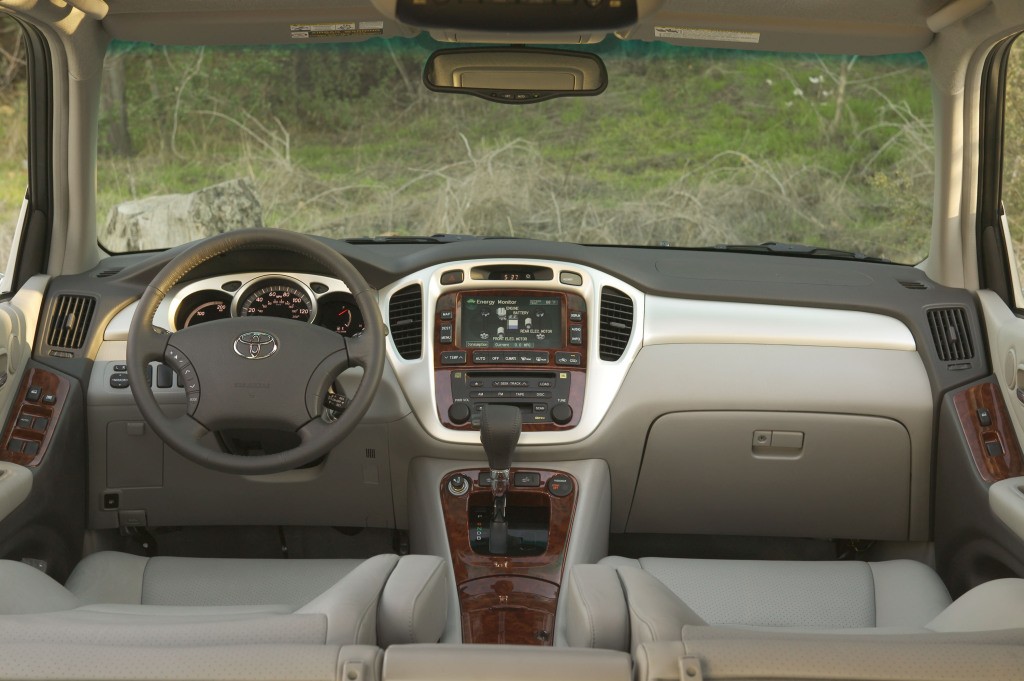



Toyota introduced the Highlander nameplate in its inventory and launched the first generation of this mid-sized SUV at the 2000 New York Auto Show,…
Toyota introduced the Highlander nameplate in its inventory and launched the first generation of this mid-sized SUV at the 2000 New York Auto Show, combining the abilities of a crossover with those of a minivan.
While many customers started to switch from minivans to SUVs and crossovers, Toyota had to make a move and provide them with what they were looking for. As a result, it took the platform from the Lexus RX and made a three-row unibody vehicle on top of it. As a result, the 2000 Highlander entered competition with other mid-size SUVs, such as the Chevrolet Trailblazer and the Pontiac Aztek. Even though its newcomer was just slightly larger than the already present Rav4, it enjoyed great success, selling over 80,000 units in the first year. The vehicle was sold in Japan and Australia with the Kluger nameplate. Over the years, the car was constantly updated to meet customers’ demands.
At the front, Toyota installed rectangular headlights on the Highlander/Kluger, featuring halogen lamps. The grille between them was adorned by two horizontal slats where the carmaker’s badge took center stage. Lower, on the bumper, depending on the grade, customers could get a set of round fog lamps mounted on the outer sides. The hood featured a raised center section that connected with the grille.
From its profile, the 2001 Highlander boasted flared wheel arches for both axles, trying to convince customers that it was a sporty crossover. The body-colored door mirrors and handles amplified that sensation, together with the blackened B- and C-posts. Toyota also offered a choice of alloy wheels that improved the crossover’s look. Finally, at the back, the automaker placed a roof spoiler on top of the tailgate.
But the automaker made the Highlander to attract crossovers and minivan buyers alike. As a result, it focused more on the interior. At first, the car didn’t have a connected center console to the dashboard, but that issue was fixed in 2001. Later on, besides the regular CD players and stereos, Toyota also added a sat-nav system mounted atop the center stack. Fronting the driver was an instrument cluster with a binocular-styled system, where the speedometer took center stage in the middle and was flanked by a tachometer on the left and the fuel and temperature gauges on the right binnacle. Depending on the grade, the Highlander came fitted with cloth upholstery. Still, the higher trim levels offered heated leather seats for the front row. The middle row featured a 60/40 split-folding bench seat, while a third row became available in 2004 and was mostly suitable for children.
The technical part was constantly improved. In 2000, the car was offered with two gasoline engines: a 2.4-liter inline-four and a 3.0-liter V6. Later, a hybrid powertrain joined the bandwagon and pushed the car’s limits higher while also improving fuel efficiency. Power went to the front or in all corners of the vehicle via a four-speed automatic transmission.
Begijnhof, 8000 Brugge, Belgium
Begijnhof, 8000 Brugge, Belgium
Begijnhof, 8000 Brugge, Belgium
Begijnhof, 8000 Brugge, Belgium
Begijnhof, 8000 Brugge, Belgium
Begijnhof, 8000 Brugge, Belgium
Begijnhof, 8000 Brugge, Belgium
Begijnhof, 8000 Brugge, Belgium
Begijnhof, 8000 Brugge, Belgium
Begijnhof, 8000 Brugge, Belgium
Offer an price, more info or anything you want
Consumer reviews